-
 bitcoin
bitcoin $122288.232522 USD
0.16% -
 ethereum
ethereum $4480.662914 USD
-0.22% -
 xrp
xrp $2.962747 USD
-2.32% -
 tether
tether $1.000120 USD
-0.05% -
 bnb
bnb $1145.654223 USD
-2.07% -
 solana
solana $227.105217 USD
-1.67% -
 usd-coin
usd-coin $0.999548 USD
-0.02% -
 dogecoin
dogecoin $0.250875 USD
-2.04% -
 tron
tron $0.340654 USD
-0.49% -
 cardano
cardano $0.837968 USD
-2.52% -
 hyperliquid
hyperliquid $48.960449 USD
0.06% -
 chainlink
chainlink $22.049280 USD
-1.33% -
 ethena-usde
ethena-usde $1.000404 USD
0.02% -
 sui
sui $3.586212 USD
0.20% -
 avalanche
avalanche $29.894916 USD
-4.18%
Is a long lower shadow at a low level a stop-loss signal? Should I buy the dip?
A long lower shadow in crypto charts signals strong buying after a sell-off, often indicating potential reversal—especially with high volume and confluence from on-chain data or support levels.
Sep 29, 2025 at 06:18 pm
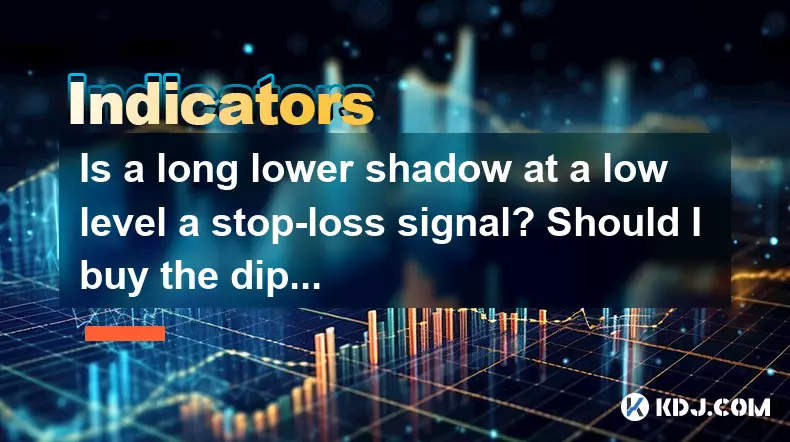
Understanding the Long Lower Shadow in Cryptocurrency Charts
1. A long lower shadow on a candlestick chart indicates that sellers pushed the price down during the trading period, but buyers regained control and closed near the high of the session. In the context of cryptocurrency markets, which are highly volatile and sentiment-driven, this pattern often reflects strong buying interest after a sharp sell-off.
2. When this formation appears at a historically low price level—such as near previous support zones, all-time lows, or key psychological price points—it may signal a potential reversal rather than continuation of the downtrend. Traders interpret this as a sign that the market is rejecting lower prices, suggesting accumulation by whales or institutional investors.
3. However, it's essential to assess volume alongside the candlestick pattern. A long lower shadow accompanied by significantly higher trading volume increases its reliability, as it confirms active participation from buyers. Without volume confirmation, the signal might be a false bounce driven by short covering or algorithmic noise.
4. Context matters greatly in crypto trading. For instance, if the broader market sentiment remains bearish due to macroeconomic pressures or negative regulatory news, even a bullish-looking candle might fail to initiate a sustained recovery. Therefore, traders should analyze on-chain data, funding rates, and social sentiment to validate the strength behind the price action.
Is It a Stop-Loss Signal?
1. A long lower shadow at a low level is generally not interpreted as a stop-loss signal. Instead, it often represents the opposite—an exhaustion of selling pressure. Stop-loss triggers usually occur when prices break below support with strong momentum, not when they rebound sharply from lows.
2. In fact, placing a stop-loss too close to such a shadow could result in being 'stopped out' just before a reversal begins. This is especially common in low-liquidity altcoins where large orders can trigger cascading liquidations, creating temporary dips that quickly recover.
3. Traders who misinterpret this pattern as weakness may exit profitable positions prematurely, missing the start of a new uptrend. The key is distinguishing between panic-driven capitulation and genuine structural breakdowns.
4. Risk management still requires stop-loss placement, but it should be based on technical structure—such as closing breaks below multi-day support—not isolated candlestick shadows. Position sizing and hedging strategies can reduce reliance on tight stops during volatile phases.
Should You Buy the Dip?
1. Buying the dip can be profitable when supported by confluence factors like oversold RSI readings, positive divergence on momentum indicators, and increasing on-chain activity (e.g., exchange outflows, rising active addresses). A long lower shadow adds weight to this thesis if it forms after an extended decline.
2. However, entering solely based on one candlestick pattern without broader confirmation increases risk, especially in trending bear markets where rallies are routinely sold into. It’s critical to define what constitutes a “dip”—relative to fair value models, historical volatility bands, or network metrics like NVT ratio.
3. Dollar-cost averaging (DCA) into confirmed bottoms may be safer than attempting to time exact reversals. Some traders wait for follow-through candles—such as a strong green candle closing above the midpoint of the shadowed candle—to confirm buyer dominance.
4. Altcoins require extra caution. While Bitcoin might show reliable rejection patterns, smaller tokens often lack depth and can fake reversals. Evaluating project fundamentals, development activity, and exchange listings helps filter opportunistic buys from speculative traps.
Frequently Asked Questions
What does a long lower shadow mean in a sideways market? In consolidation phases, a long lower shadow suggests that attempts to push the price lower were met with consistent demand. This reinforces the current range and highlights support levels where buyers are active. It may precede a breakout if followed by increasing volume.
Can a long lower shadow appear during a downtrend and still lead to further declines? Yes. Even if buyers temporarily halt a drop, sustained bearish pressure can resume if higher timeframes remain red and sentiment is weak. These shadows sometimes act as 'bear traps,' luring retail buyers before renewed selling resumes.
How do I differentiate between a wick and a stop-loss cascade? A stop-loss cascade typically shows up as a sharp spike in liquidations across perpetual futures, visible on platforms like Coinglass. If the lower shadow coincides with massive long liquidations and minimal spot buying, it's more likely mechanical selling than organic price discovery.
Does this pattern work better on certain timeframes? Higher timeframes like daily or weekly charts provide more reliable signals. A long lower shadow on a 4-hour chart may reflect intraday volatility, while the same pattern on a weekly basis carries greater significance due to stronger participation and reduced noise.
Disclaimer:info@kdj.com
The information provided is not trading advice. kdj.com does not assume any responsibility for any investments made based on the information provided in this article. Cryptocurrencies are highly volatile and it is highly recommended that you invest with caution after thorough research!
If you believe that the content used on this website infringes your copyright, please contact us immediately (info@kdj.com) and we will delete it promptly.
- BlockDAG, DOGE, HYPE Sponsorship: Crypto Trends Shaping 2025
- 2025-10-01 00:25:13
- Deutsche Börse and Circle: A StableCoin Adoption Powerhouse in Europe
- 2025-10-01 00:25:13
- BlockDAG's Presale Buzz: Is It the Crypto to Watch in October 2025?
- 2025-10-01 00:30:13
- Bitcoin, Crypto, and IQ: When Genius Meets Digital Gold?
- 2025-10-01 00:30:13
- Stablecoins, American Innovation, and Wallet Tokens: The Next Frontier
- 2025-10-01 00:35:12
- NBU, Coins, and Crypto in Ukraine: A New Yorker's Take
- 2025-10-01 00:45:14
Related knowledge
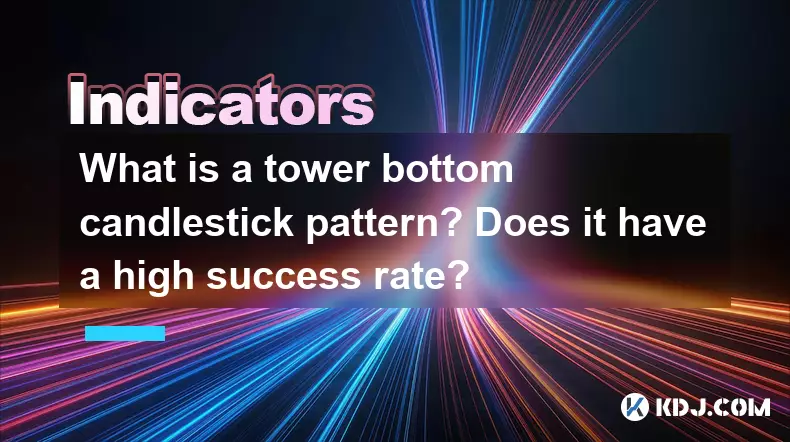
What is a tower bottom candlestick pattern? Does it have a high success rate?
Sep 22,2025 at 07:18am
Tower Bottom Candlestick Pattern Explained1. The tower bottom candlestick pattern is a reversal formation that typically appears at the end of a downt...
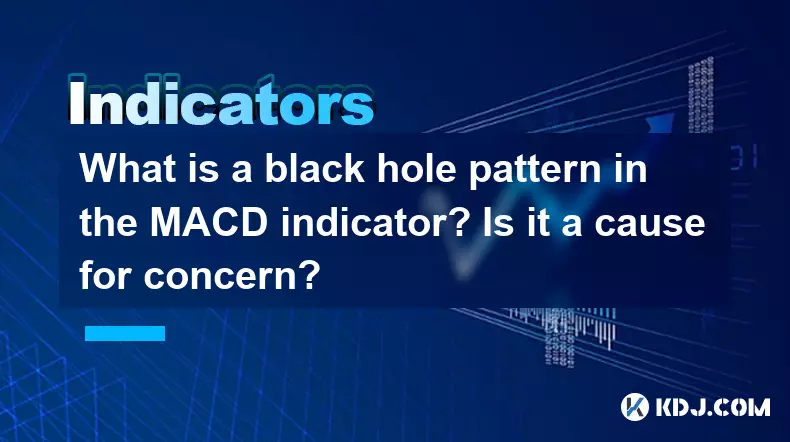
What is a black hole pattern in the MACD indicator? Is it a cause for concern?
Sep 21,2025 at 06:54pm
Bitcoin's Role in Decentralized Finance1. Bitcoin remains the cornerstone of decentralized finance, serving as a benchmark for value and security acro...

How can I use the psychological line (PSY) to determine market sentiment?
Sep 17,2025 at 02:19pm
Understanding the Psychological Line (PSY) in Cryptocurrency TradingThe Psychological Line, commonly referred to as PSY, is a momentum oscillator used...
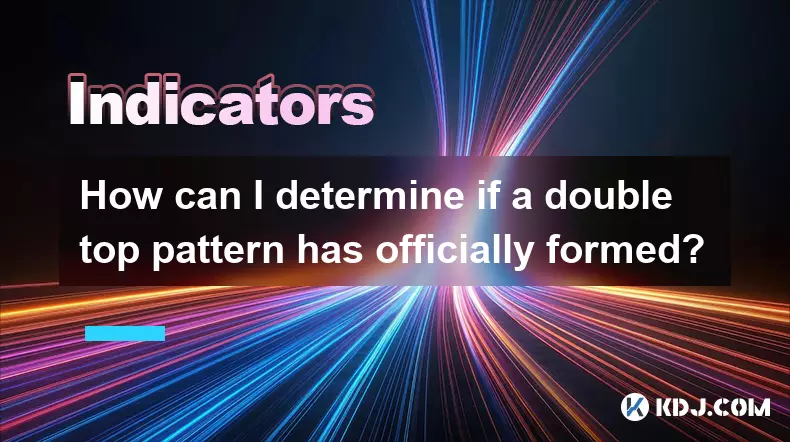
How can I determine if a double top pattern has officially formed?
Sep 21,2025 at 03:18am
Understanding the Structure of a Double Top Pattern1. A double top pattern consists of two distinct peaks that reach approximately the same price leve...
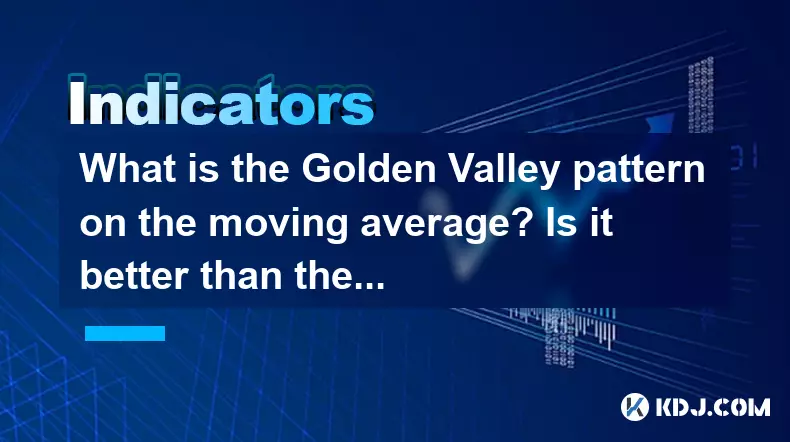
What is the Golden Valley pattern on the moving average? Is it better than the Silver Valley pattern?
Sep 21,2025 at 02:54pm
Understanding the Golden Valley Pattern in Moving Averages1. The Golden Valley pattern is a technical formation observed in cryptocurrency price chart...

What does a death cross of the RSI in the strong zone (above 50) mean?
Sep 17,2025 at 10:54pm
Understanding the Death Cross in RSI Context1. The term 'death cross' is traditionally associated with moving averages, where a short-term average cro...

What is a tower bottom candlestick pattern? Does it have a high success rate?
Sep 22,2025 at 07:18am
Tower Bottom Candlestick Pattern Explained1. The tower bottom candlestick pattern is a reversal formation that typically appears at the end of a downt...

What is a black hole pattern in the MACD indicator? Is it a cause for concern?
Sep 21,2025 at 06:54pm
Bitcoin's Role in Decentralized Finance1. Bitcoin remains the cornerstone of decentralized finance, serving as a benchmark for value and security acro...

How can I use the psychological line (PSY) to determine market sentiment?
Sep 17,2025 at 02:19pm
Understanding the Psychological Line (PSY) in Cryptocurrency TradingThe Psychological Line, commonly referred to as PSY, is a momentum oscillator used...

How can I determine if a double top pattern has officially formed?
Sep 21,2025 at 03:18am
Understanding the Structure of a Double Top Pattern1. A double top pattern consists of two distinct peaks that reach approximately the same price leve...

What is the Golden Valley pattern on the moving average? Is it better than the Silver Valley pattern?
Sep 21,2025 at 02:54pm
Understanding the Golden Valley Pattern in Moving Averages1. The Golden Valley pattern is a technical formation observed in cryptocurrency price chart...

What does a death cross of the RSI in the strong zone (above 50) mean?
Sep 17,2025 at 10:54pm
Understanding the Death Cross in RSI Context1. The term 'death cross' is traditionally associated with moving averages, where a short-term average cro...
See all articles










































































